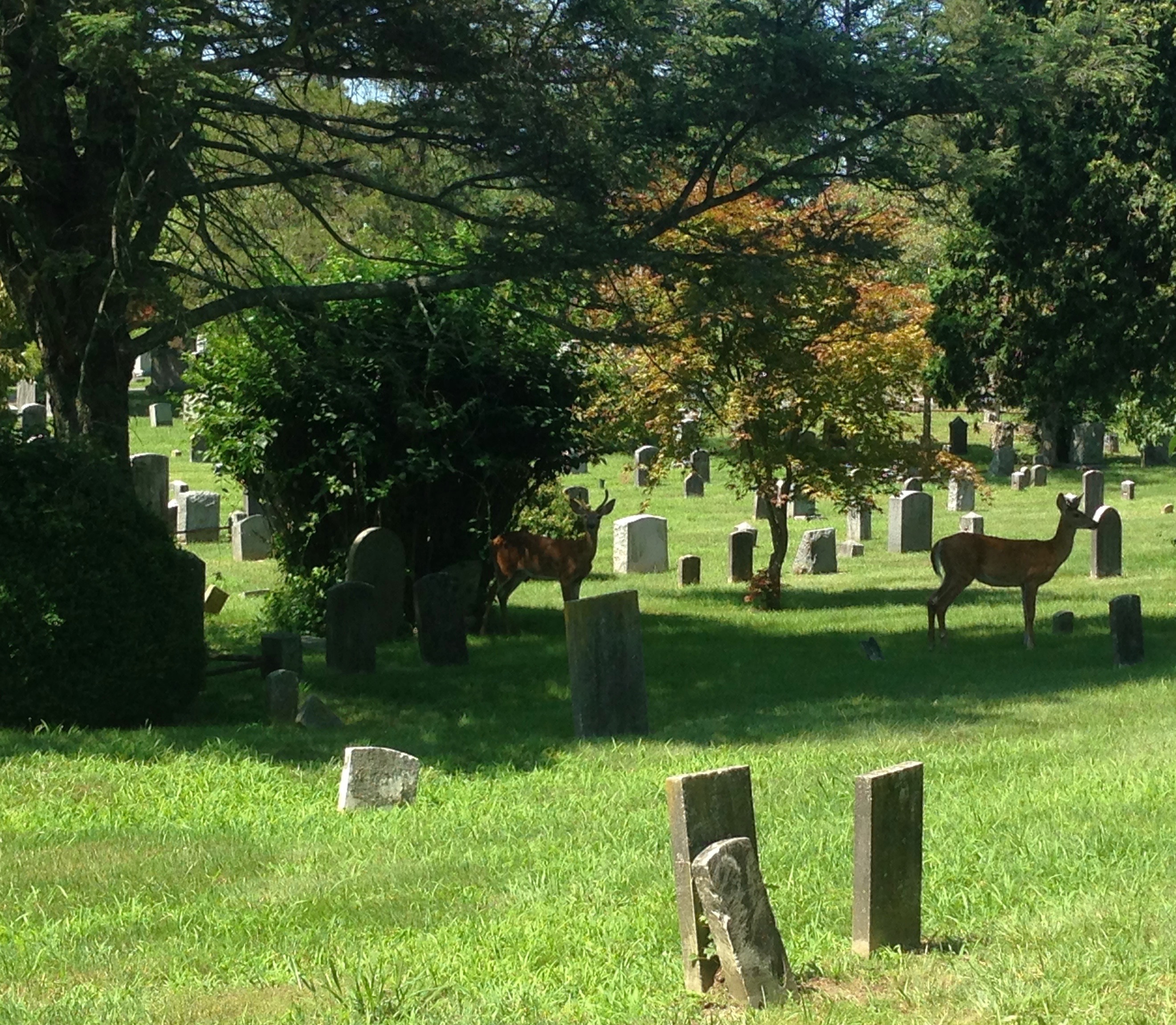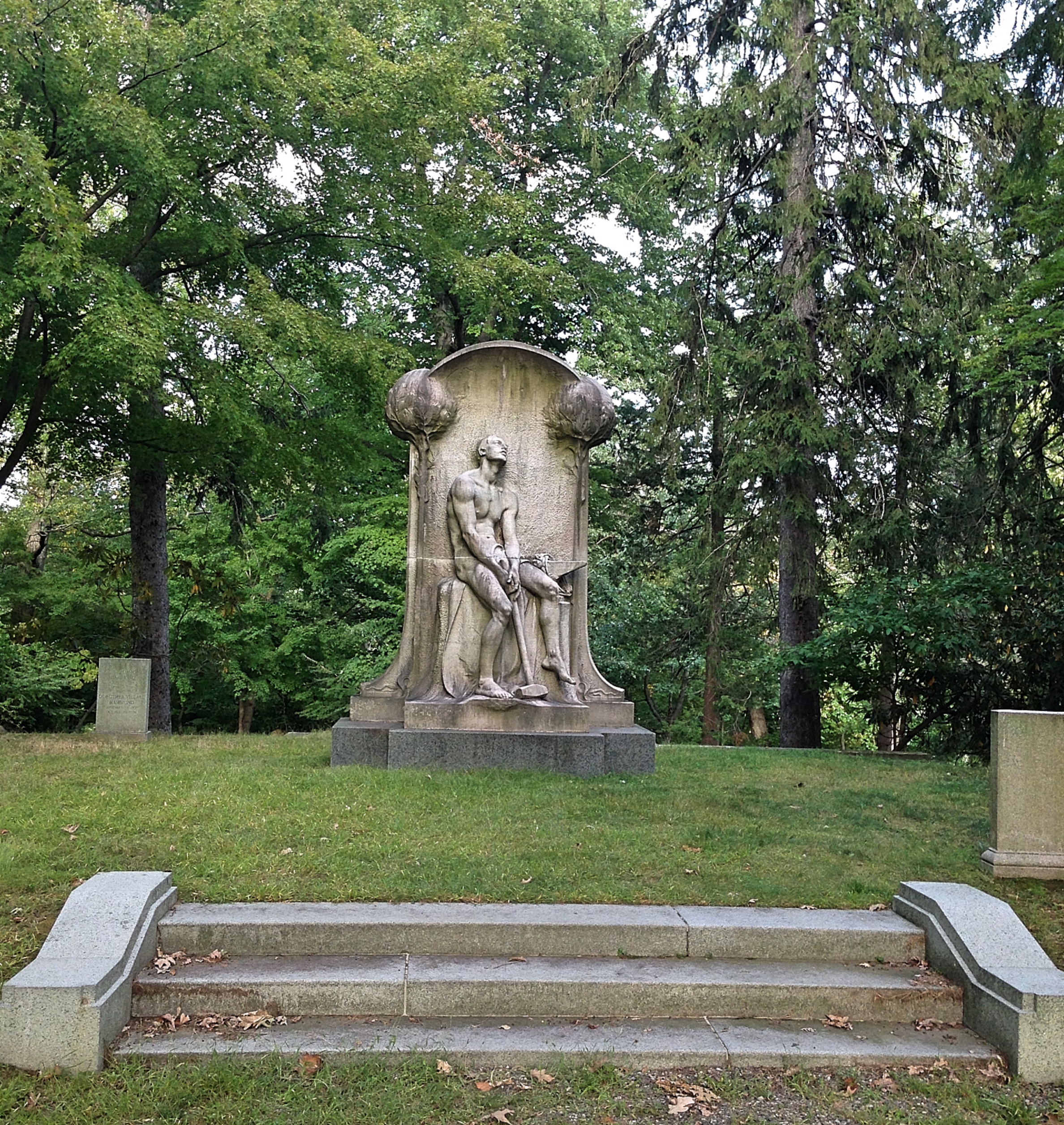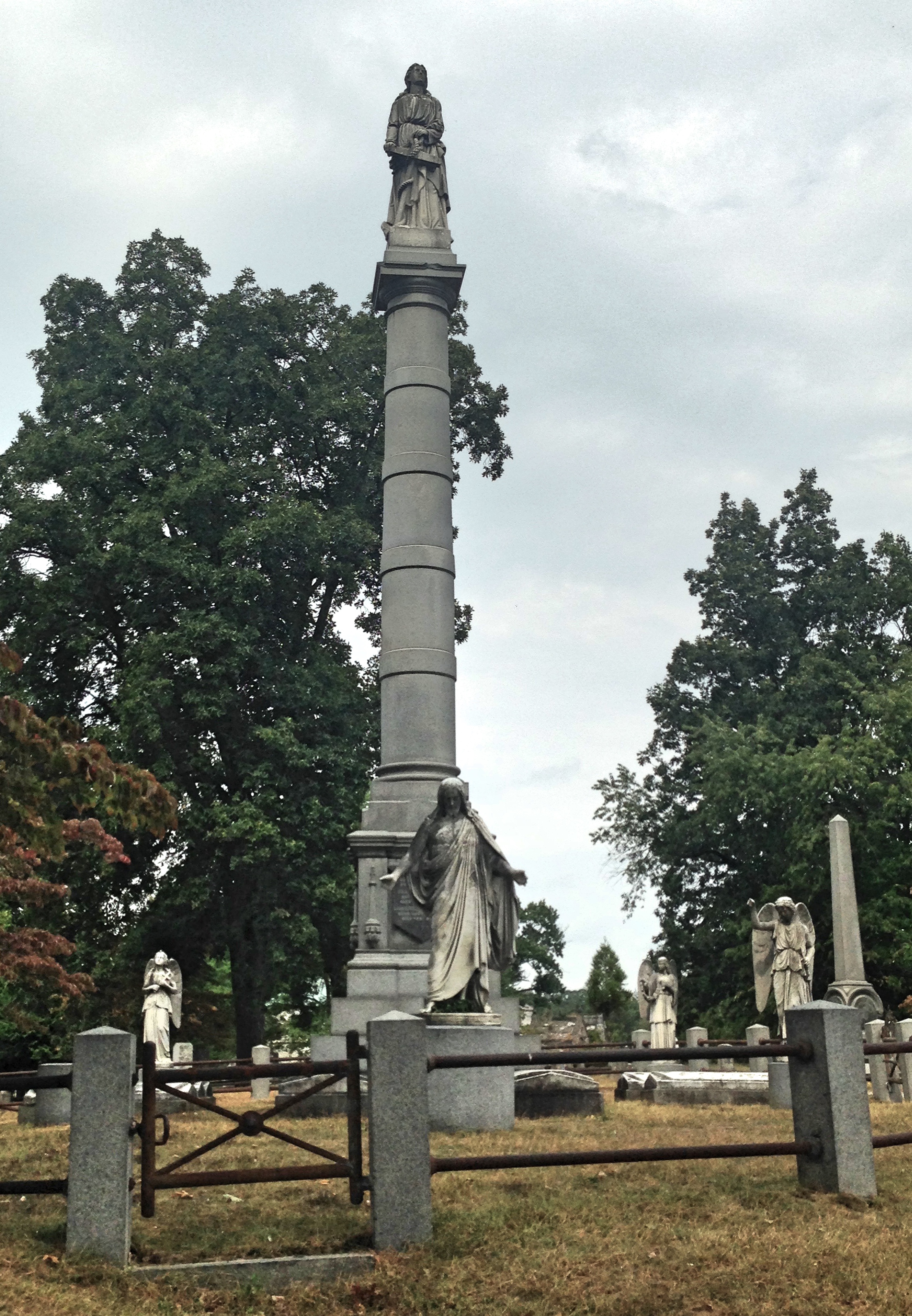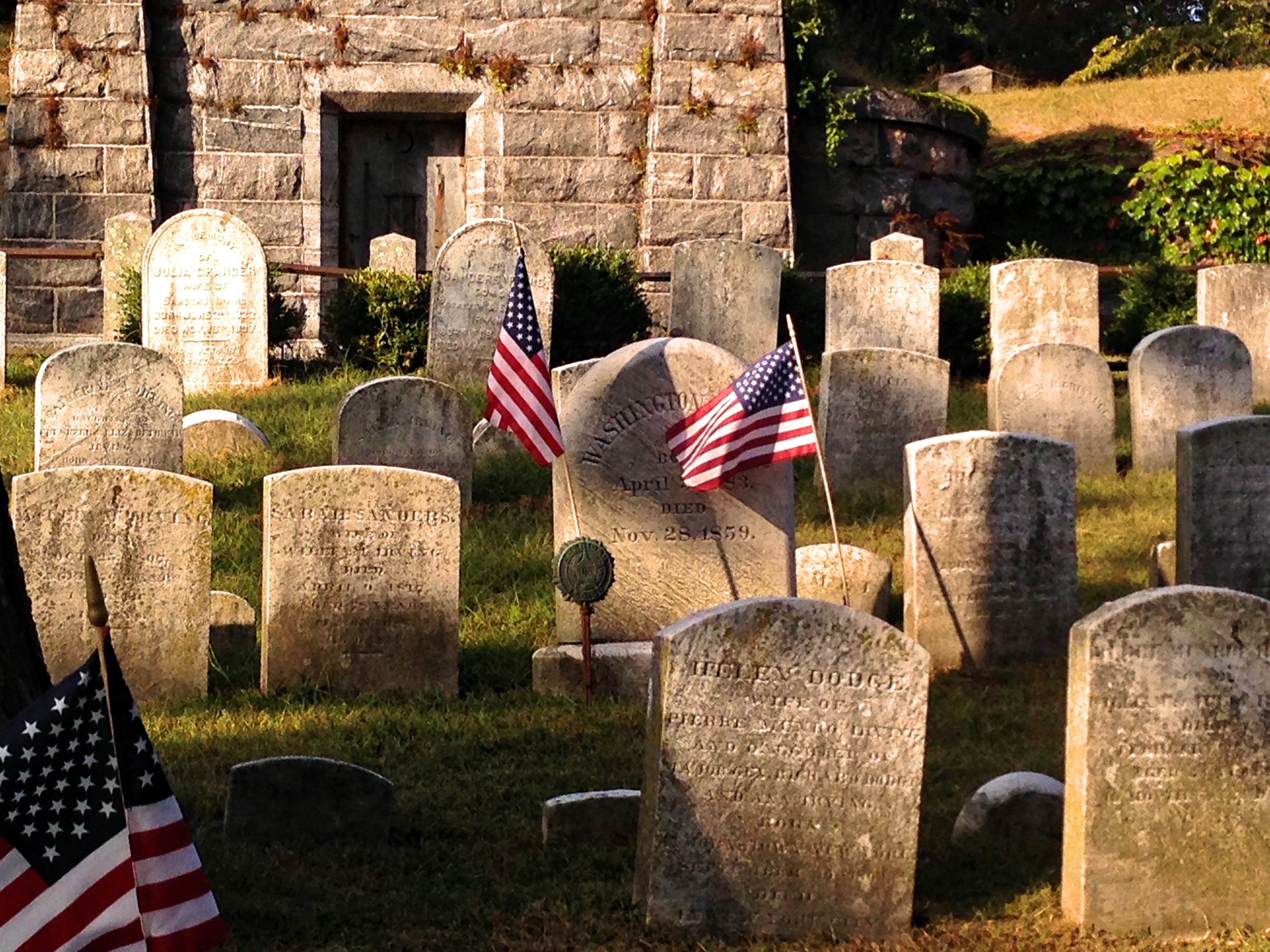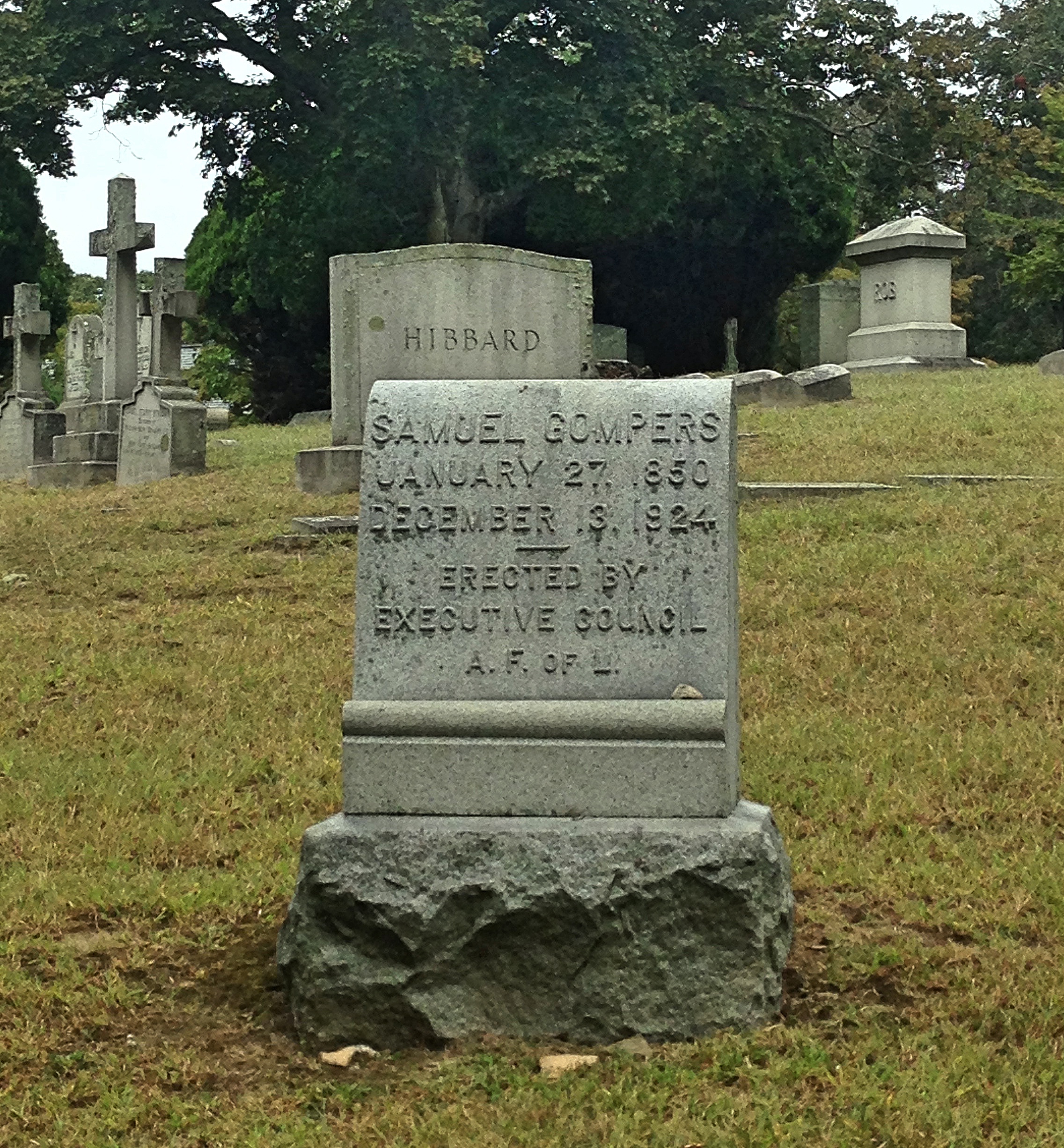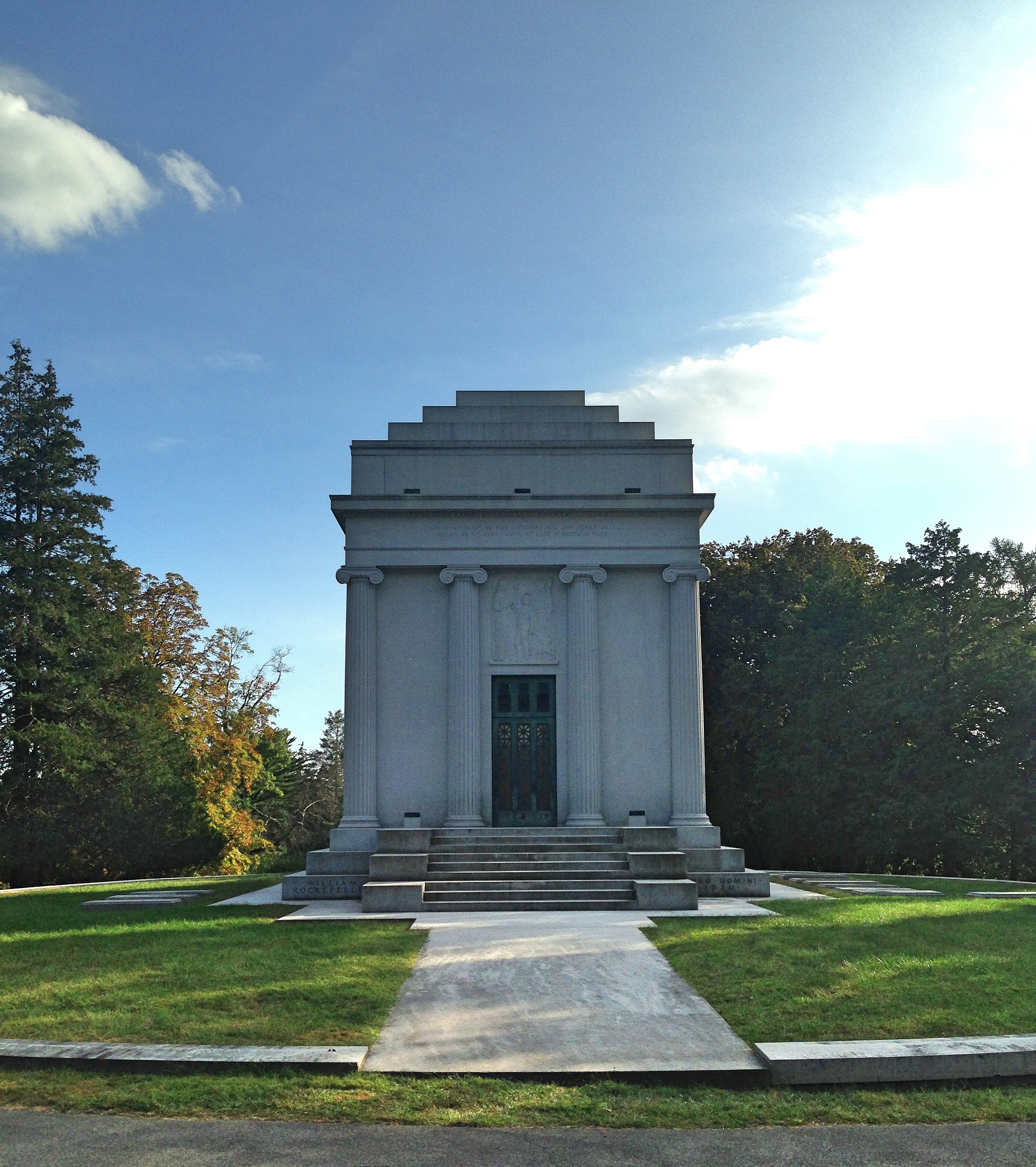 722 Miles: The Building of the Subways and How They Transformed New York by Clifton Hood
722 Miles: The Building of the Subways and How They Transformed New York by Clifton Hood
My rating: 4 of 5 stars
The seven train slowed to a stop in the Mets-Willets Point station and a distorted voice crackled onto the PA system: “Last stop, last stop everybody, this is the last stop, please exit the train.” Normally the seven goes to Flushing; but today it terminated one stop earlier because of track work. With a chorus of sighs and groans the passengers shuffled out and pushed down the stairs to the buses waiting on the street, a stopgap solution used when the subway is shut down.
The buses were much smaller than the train, of course, so we had to pack ourselves in tight. When the final passenger squeezed in, the doors shut and we started moving, throwing nearly everyone off balance. Most people were silent, but behind me a man began talking: “Honestly, this is unbelievable—unbelievable! Every week, track work, signal problems, delays. Every week another problem. And they keep raising the fare! We pay more money, more money, and the service gets worse and worse. These damn MTA people, they don’t even use the subway. You know who’s on the MTA board? Yoko Ono. Yoko Ono hasn’t taken the subway once in her life!”
Except for the Yoko Ono part (I don’t know where he got that from), the man was right: service on the subways is getting worse, even though the fares keep going up. The quality has gotten so bad lately as to approach a crisis. This summer we have had two derailments, and a track fire that sent several people to the hospital. Less dramatic, but no less important, are the delays: signal problems and overcrowding cause constant tardiness. On some lines, the trains are late more often than on time. Since nearly 6 million people use the subway per day, this is a serious political liability. True to form, the politicians have done what they do best: point fingers at each other. The mayor blames the governor, and vice versa, until finally governor Cuomo declared a state of emergency regarding the subways.
Living in Madrid has given me a new perspective on the NYC subway. Before I moved I had just assumed that, by their very nature, subways were dirty, uncomfortable places. The trains screech and wail on the tracks, and jerk back and forth when they pull into the station. The stations themselves are sweaty, claustrophobic, and full of garbage and rats; and the subway cars are always packed to the breaking point. But in Madrid I discovered that a metro can be clean, sleek, and comfortable—and, most surprisingly, cheap. For comparison, a monthly ticket on the Metro North, the railroad from my town in Westchester to Manhattan, costs almost $300; and a monthly subway pass costs an additional $120. An equivalent ticket in Madrid, including both commuter rail and the metro, costs about 100€—one-fourth the price for a cleaner, safer, and better service.

I may sound like I’m disparaging the NYC subway, but really I have a great affection for it. The subway has a gritty, industrial aesthetic that I find strongly appealing. And despite the frustrations, the subway represents what is best about New York: a place where people of every background, doing every activity imaginable, are thrown together in a tight space and manage—just barely—to avoid killing each other. Just the other day, for example, I witnessed a woman violently push herself onto the subway, shoving everyone out of her way to get to a seat. As soon as she reached her prize a man rightly began castigating her, and a loud argument ensued. Luckily, another man began preaching in a loud voice, drowning out the argument and restoring a tense truce as we were given a sermon about the perils of hellfire. I simply don’t witness things like this in Madrid.
For this combination of reasons—a mixture of admiration and despair—I set out to investigate the NYC subway. First I visited the New York Transit Museum, and then I read this book.
The New York Transit Museum has two locations, a small shop in Grand Central Station, and their museum in Brooklyn. The shop in Grand Central has rotating exhibits in half the store. The latest one is about the history of the seven train, which runs from Manhattan to Queens. This line was recently extended to the far West Side, with the opening of the first new station in twenty-five years: Hudson Yards. The museum in Brooklyn, near Borough Hall, is in an old subway station. In addition to the historical photos and the information on display, the museum has examples of all the turnstiles ever used in the subway; and on the old platform there are antique subway cars, going back even to when they were made of wood. (Wooden cars got a bad reputation after the Malbone Street Wreck in 1918, a terrible accident that killed 93 people. The wooden cars splintered apart upon impact.)

If you go visit this museum, I recommend a little stop along the way. The New York City subway was officially opened in 1904. The showpiece of the new system was the City Hall station, located right under the seat of the city government. This station was lavish: decorated with ornate tile-work designed by the Spanish architect Rafael Guastavino, using arches based on medieval Spanish churches. Beautiful as it is, the station had to be abandoned when the subway switched to longer cars. The short length of the platform, and the sharp angle of the turn, rendered the famous station useless. Now it sits, unused and empty, below City Hall. You can still catch a glimpse of this station, however, if you take the six train down to the Brooklyn Bridge station, and then stay on the train when it curves around to go uptown. The subway screeches horribly as it turns, but it is an eerie and fascinating experience to see the old abandoned station.
(I couldn’t get any good pictures myself, but you can find some in the gallery here. The Transit Museum does occasional tours of the City Hall Station, which you can find here.)
This book was the perfect accompaniment to the museum. Written by a professional historian, 722 Miles is, I believe, the most informative book on the market about the subway’s history.* As do many books by academics, this one began its life as a doctoral dissertation. It must have been substantially revised, however, since it is mostly free from academic stuffiness and scholarly squabbles. Hood casts a wide net, focusing on three interrelated aspects of the subway’s history: the political wrangling involved in getting it built, the role it played in the development of NYC, and the engineering methods and challenges of the subway. No engineer himself, the latter aspect is fairly basic; but the politics and the urban history are quite well done.

The reader may be surprised (or maybe not) to learn that the subway has always been plagued with political wrangling and controversy. It was born in an era that saw major government spending and ownership as antithetical to sound business practices. But since private capital has always proven insufficient to infrastructure on this scale, the subway has been a public-private hybrid since its inception, with the state gradually taking on more and more responsibility. One reason the state had to step in was because the five-cent fare became a political stumbling block, something the public regarded as a sacred right; and so the fare remained a nickel even when the cost of a ride to the business was twice that amount.

Originally the subway system was owned and operated by three separate entities: Interborough Rapid Transit (INT), Brooklyn Rapid Transit (BRT), and the Independent Subway System (IND). A relic of this origin is preserved in the subway’s odd numbering and lettering system: the numbered lines were the INT lines, and the lettered lines BRT and IND. These three were consolidated under city ownership by LaGuardia in 1940. From that year onward, there was very little development or even proper maintenance of the subways, in part thanks to the nickel fare. Another contributing factor was Robert Moses—the villain in every New York City story—who commanded most of the federal money available during the New Deal to build highways and bridges, diverting it from subways. Later, in 1968, the subway system was transferred to the newly created Metropolitan Transit Authority (MTA), by governor Nelson Rockefeller. This did little to help its finances, apparently, since by the early 80s the subway was a frightful, rundown, dangerous place. (Photos from that era have a haunting, apocalyptic beauty.)
The original purpose of the subway wasn’t just to serve already built-up areas in the city. Rather, several lines were run into undeveloped areas in the hopes of relieving population density. When the seven line was built in Queens, for example, it was running into almost pristine farmland and wild fields, where many still went to hunt fowl. It didn’t take long for this land to be urbanized. The muckraker Jacob Riis played a role in this development strategy, since it was he who documented the horrors of overcrowded tenements in lower Manhattan, prompting progressives to see the subway as a tool to make the city more livable and clean. This was done under the influence of Ebenezer Howard, the urban planner who originated the idea of the ‘garden city’ (which Jane Jacobs later opposed).

Aside from the drier history, there are some fun facts in this book. The first underground train in New York was, I learned, not a proper subway at all, but a pneumatic train built in secret. This was the idea of Alfred E. Beach, who tunneled under Manhattan under the pretense of building a pneumatic parcel delivery system, to avoid the opposition of the corrupt legislature. In 1870 he unveiled his new train, which caused quite a sensation, despite being totally impractical for longer trips (Beach’s train only went a few blocks). I also learned that the tunnel that takes the seven train under the East River, on its journey from Manhattan to Queens, is called the Steinway Tunnel, because it was originally funded and promoted by that scion of the famous piano company. He was interested because he had a factory on the other side of the river.
This book was originally published in 1993, and it shows its age. This was a particularly bad time for the subway, when it was slowly recovering from its low point in the 1980s, and the book ends on a bleak note. Until fairly recently, the subway has been making quite a comeback since then. Just as many people are using the subway nowadays as they did in its so-called “Golden Age,” the 1920s and 30s, which amounts to almost 2 billion per year. The subways are no longer covered in graffiti and plagued by crime. Instead of posters warning passengers about mugging, they discourage ‘manspreading’ and promote basic etiquette. Viral videos also encourage passengers not to eat, clip their toenails, put their bags on seats, or to try to get on the train before other passengers have gotten off—a big improvement. We still have rats, though.
Even more impressive, the subway is building once again. Delayed for nearly 100 years, the Second Avenue line has just begun opening stations, which will relieve the overused Lexington Avenue line. We also have wifi in all the subway stations now.
Nevertheless, there are some serious problems to fix. The most daunting is to replace the subway’s signal system. This system is badly out of date. On some lines, they are still using equipment that dates from the 1930s. Having obsolete analog signals means that there are frequent malfunctions; and even when working properly, trains cannot safely run close to each other, since the old signals are not precise, which leads to overcrowding and more delays. This may seem like an easy fix, but it is estimating that it will take at least until 2045, and probably even later, to refurbish the whole system.
Despite these problems, and despite the expensive fares and the shrieking cars, I am still optimistic about the NYC subway. To me, the subway is a symbol of the entire city: dirty, grimy, overpriced, overcrowded, part worn out and part sleekly modern, where people of all sorts come to strive and struggle and suffer in a narrow space. New York simply wouldn’t be New York if it didn’t include frustration—and garbage—and rats—and loud energy; and the subway has all that in abundance.
*I’m not sure where the number 722 comes from. According to the Transit Museum, there are 656 miles of mainline track and 842 miles total. This number will be rising some more with the completion of the Second Avenue line.






